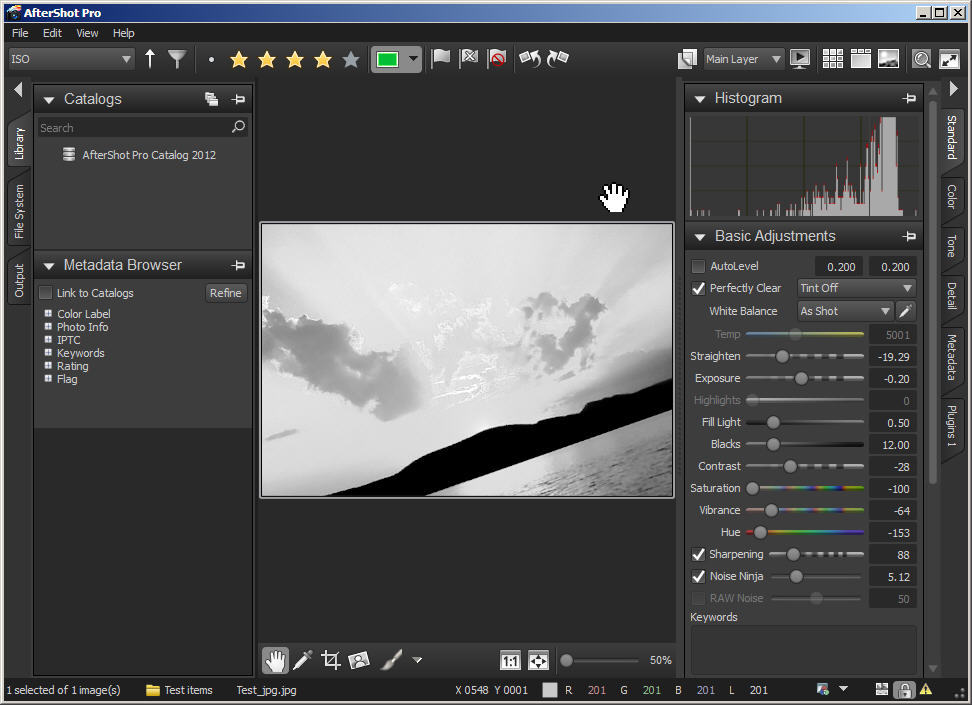


This can be incredibly helpful for someone new to working with catalogs, as it enables you to learn about how a catalog works but, once you’re ready for the next level, you may need to have more than on to keep you organized.Īnother benefit is the extra add-ons that come with the upgrade to AfterShot Pro. For example, if importing your photos to catalogs is your thing, you’re able to open up to 20 catalogs, where in Standard you can access just one. The more advanced AfterShot Pro contains many of the same features available as part of the standard version however, what you’ll find is that you’re able to do a LOT more once you’ve upgraded. To help explain the differences between Standard and Pro, we created a simple comparison chart that you can download at the bottom of this page. But if you’re not a newbie to RAW or you already have a huge photo collection that needs taming, it’s time for us to tell you more about AfterShot Pro 2. But if you’re already getting AfterShot, should you really be thinking about an upgrade to AfterShot Pro? In our final post for our Macstock 2015 series, we’re here to tell you the answer is unequivocally, “YES!”ĪfterShot is an amazing photo-editing program, specifically designed to get you started with RAW image-editing and photo management and it has some truly incredible features (you can learn more about AfterShot in Part 1, Part 2 or Part 3 of our series). If you’re serious about your photos and photography, you should know that this is really just the tip of the iceberg when it comes to working with and organizing your library. It won’t be long now until you can finally start taking control of your RAW photos and better manage your image library with your complimentary copy of Corel’s AfterShot 2.


 0 kommentar(er)
0 kommentar(er)
